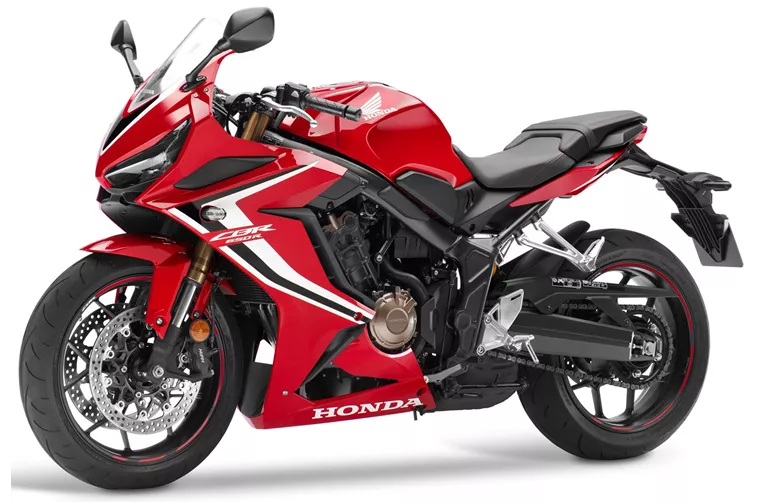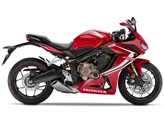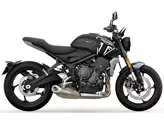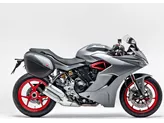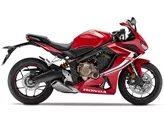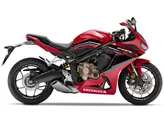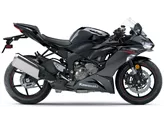Honda CBR650R 2019 vs. Kawasaki Ninja ZX-6R 2019
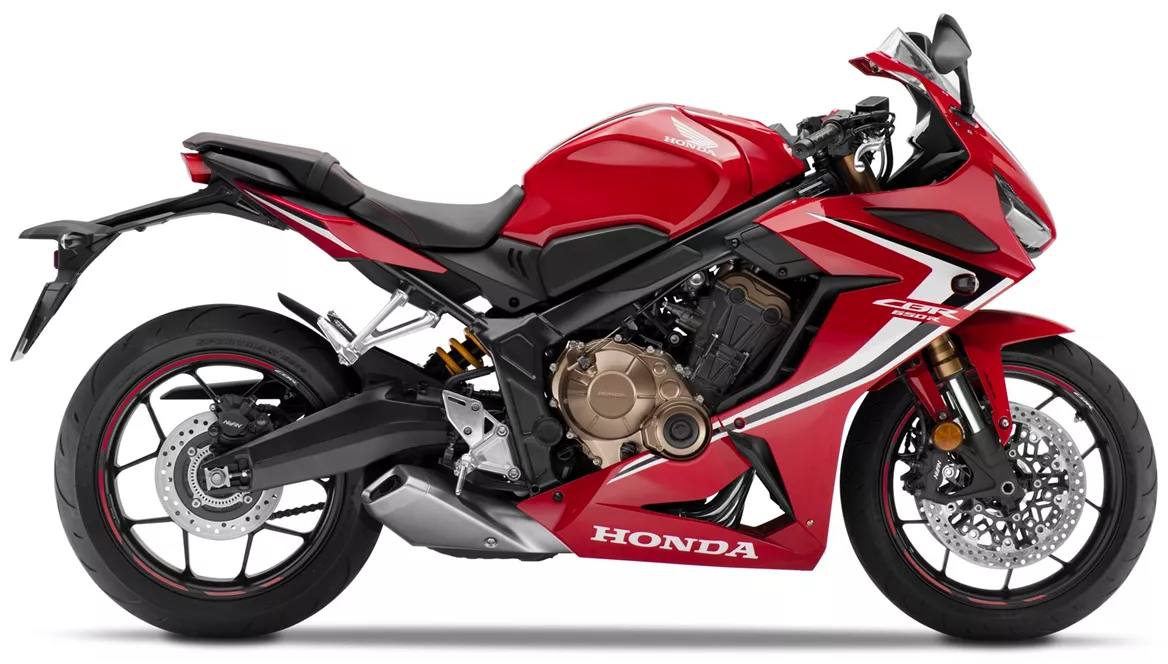
Honda CBR650R 2019

Kawasaki Ninja ZX-6R 2019
Overview - Honda CBR650R 2019 vs Kawasaki Ninja ZX-6R 2019
The Honda CBR650R 2019 and the Kawasaki Ninja ZX-6R 2019 are both supersport motorcycles that offer impressive performance and features.
Starting with the Honda CBR650R 2019, it is equipped with a 649cc in-line four-cylinder engine that delivers 95 horsepower and 64 Nm of torque. This engine is known for its elasticity, providing smooth power delivery throughout the rev range. The bike also features a DOHC valve system with four valves per cylinder, contributing to its high performance. The CBR650R has a compression ratio of 11.4, which helps optimize engine efficiency.
In terms of suspension, the CBR650R is equipped with an upside-down telescopic fork at the front with a diameter of 41 mm, providing excellent stability and control. At the rear, it features a swing arm suspension with a monoshock absorber that can be adjusted for preload. The chassis of the CBR650R is made of steel and has a twin-tube frame type, offering a good balance of rigidity and weight. The bike has a rake of 64.5 degrees and a trail of 101 mm, contributing to its stable handling.
The braking system of the CBR650R consists of double disk brakes at the front with a diameter of 320 mm. These brakes utilize wave technology, providing excellent stopping power and heat dissipation. The bike is also equipped with ABS, ensuring safe and controlled braking in various conditions.
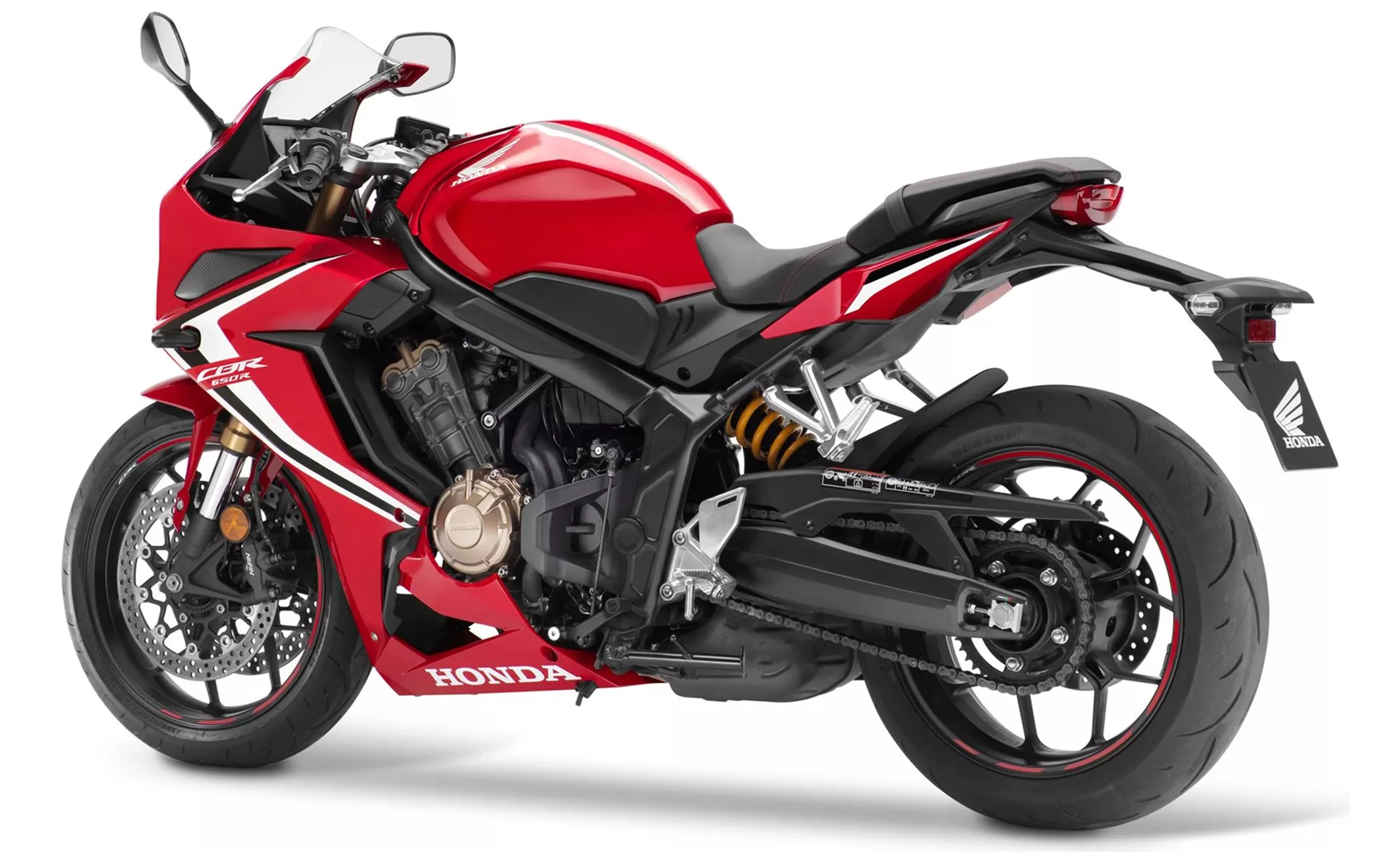
Honda CBR650R 2019
Moving on to the Kawasaki Ninja ZX-6R 2019, it is powered by a 636cc in-line four-cylinder engine that delivers an impressive 130 horsepower and 70.8 Nm of torque. This engine offers a great mix of revving and torque, providing an exhilarating riding experience. Similar to the CBR650R, the ZX-6R also features a DOHC valve system with four valves per cylinder. However, it has a higher compression ratio of 12.9, further enhancing its performance.
In terms of suspension, the ZX-6R is equipped with an upside-down telescopic fork at the front with a diameter of 41 mm, providing excellent responsiveness and control. At the rear, it features a swing arm suspension with a monoshock absorber that can be adjusted for compression, preload, and rebound. The chassis of the ZX-6R is made of aluminum and has a twin-tube, perimeter, extruded frame type, offering a high level of rigidity and stability. The bike has a rake of 66.5 degrees and a trail of 101 mm, contributing to its lively handling.
The braking system of the ZX-6R consists of double disk brakes at the front with a diameter of 310 mm. These brakes utilize radial technology, providing precise and powerful braking performance. In addition to ABS, the ZX-6R is equipped with advanced rider assistance systems such as riding modes, ride by wire, and traction control, enhancing its safety and performance.
In terms of dimensions and weights, both bikes have a front tire width of 120 mm and a rear tire width of 180 mm, with a diameter of 17 inches for both. The CBR650R has a wheelbase of 1450 mm and a seat height of 810 mm, while the ZX-6R has a slightly shorter wheelbase of 1400 mm and a higher seat height of 830 mm. The fuel tank capacity of the CBR650R is 15.4 liters, while the ZX-6R has a larger capacity of 17 liters.
In terms of strengths, the CBR650R offers a very elastic four-cylinder engine, providing smooth power delivery. It also offers sufficient comfort for longer tours, with good wind protection. The bike has a great aesthetic appeal and is easy to operate. Additionally, it is A2 suitable, making it accessible for riders with restricted licenses.

Kawasaki Ninja ZX-6R 2019
On the other hand, the ZX-6R boasts a great engine with a perfect balance of revving and torque, delivering an exhilarating supersport experience. It offers lively handling without sacrificing comfort, thanks to its well-responsive fork and adjustable chassis.
In terms of weaknesses, the CBR650R has a drone below 4,500 rpm and its suspension could be sportier. Additionally, the rear brake may not offer the desired performance.
The ZX-6R, on the other hand, has some details that could be improved, such as the number plate holder and indicators. The overall silhouette of the bike could also be more aggressive to match its sporty nature.
In conclusion, both the Honda CBR650R 2019 and the Kawasaki Ninja ZX-6R 2019 are impressive supersport motorcycles with their own strengths and weaknesses. The CBR650R offers a smooth and comfortable riding experience, while the ZX-6R provides an exhilarating and sporty ride. Ultimately, the choice between the two will depend on the rider's preferences and priorities.
Technical Specifications Honda CBR650R 2019 compared to Kawasaki Ninja ZX-6R 2019
Pros and Cons in comparison
Pros and Cons in comparison
Honda CBR650R 2019
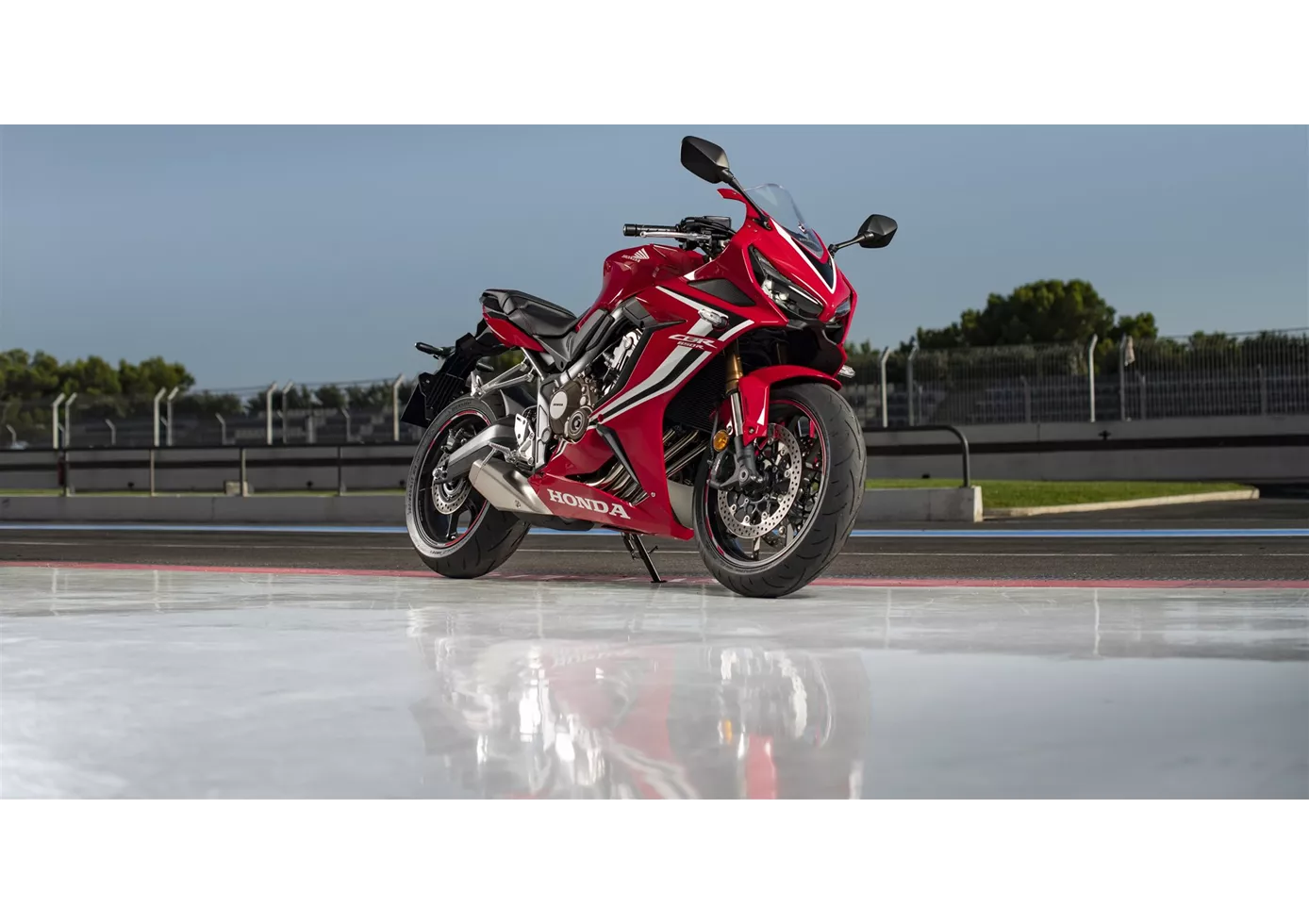
The new CBR650R takes the spirit we know from classic four-cylinder sports tourers and brings it into the modern era. Thanks to the good engine tuning, you don't have to worry about being left behind by your two-cylinder friends, especially as you are rewarded with a lovely sound across the rev range. Unfortunately, however, there can be too much sound, as the roar below 4,500 rpm proved. On the chassis and seating position side, a compromise has been found that allows the CBR650R to cope well with everyday riding, as well as longer tours and house track hunts.
Kawasaki Ninja ZX-6R 2019

The Kawasaki Ninja ZX-6R is a perfectly sized supersport motorbike. With its 130 hp, sporty but controlled riding is possible. The shorter gearing and the 36cc extra displacement ensure that you can be a bit lazier on the road. A worthy flag-waver for the 600cc supersport segment.
Price Comparison Avarage Market Price Honda CBR650R vs Kawasaki Ninja ZX-6R
There are a few key differences between a Honda CBR650R 2019 and a Kawasaki Ninja ZX-6R 2019. It takes less time to sell a Honda CBR650R with 45 days compared to 160 days for a Kawasaki Ninja ZX-6R. Since model year 2019 1000PS.de editors have written 14 reviews for the Honda CBR650R and 37 reviews for the Kawasaki Ninja ZX-6R since model year 2005. The first review for the Honda CBR650R was published on 08/10/2018 and now has more than 53,700 views. This compares to more than 5,800 views for the first review on Kawasaki Ninja ZX-6R published on 02/09/2002.
